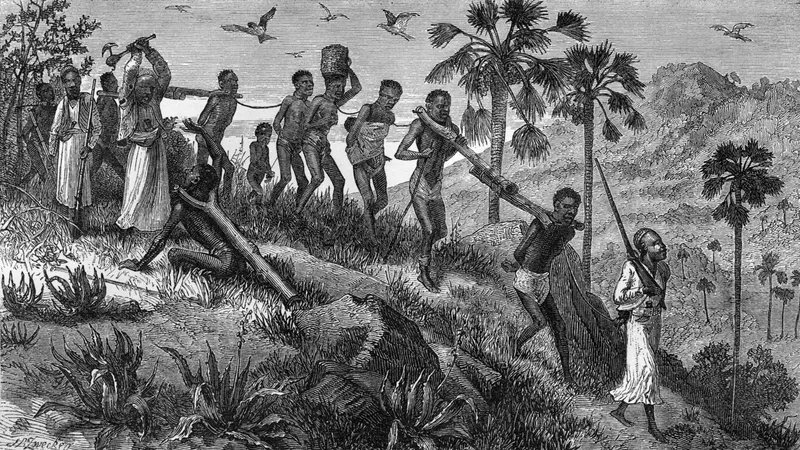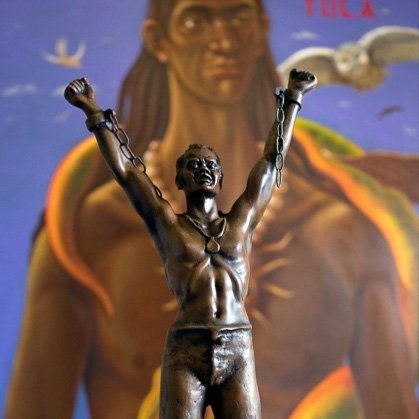
Tula Revolution
Who is Tuta
Tula was an enslaved African on the Kenepa Plantation in Curaçao during the late 18th century. He was not just a laborer but a thinker and a strategist—a man who dreamed of freedom for himself and his people. In 1795, inspired by the ideals of liberty that had recently triumphed during the Haitian Revolution, Tula galvanized a movement that would change the island forever.
Short drive from Cliff Villa to the Tula Museum where the Kenepa Plantation was were Tula was enslaved.
The Revolt of 1795
On August 17, 1795, Tula led a group of enslaved individuals in an uprising against the oppressive system of slavery. Declaring their intent to end forced labor, Tula and his followers marched from the Kenepa Plantation to other estates, uniting more people along the way. They demanded their freedom and equality, invoking principles they had heard were proclaimed in Europe and the Caribbean.
The revolt lasted over a month, shaking the foundations of the colonial system on the island. Though ultimately suppressed by Dutch colonial forces, Tula’s bravery ignited a lasting spirit of resistance that reverberates through Curaçao’s history.
The Tula Museum: A Testament to His Spirit
Visitors to Curaçao can explore the Tula Museum, located on the grounds of the Kenepa Plantation. The museum preserves the legacy of Tula and his comrades, offering insight into their lives and struggles. Through artifacts, exhibits, and stories, visitors gain a deeper understanding of the island’s past and the enduring impact of Tula’s leadership.
An especially poignant exhibit recounts the tribunal that condemned Tula to death after the rebellion was quashed. His final words reportedly reaffirmed his commitment to freedom, embodying a resilience that inspires to this day.
The Flight to Watamula
One of the most intriguing chapters in Tula’s story is his flight toward Watamula, the remote northwestern tip of the island. This area, surrounded by rugged terrain and the fierce waters of the Caribbean Sea, became Tula’s refuge. As legend has it, Tula and his followers sought solace in Watamula, evading the colonial militia for weeks.
Stories suggest that during his time in Watamula, Tula engaged in secret meetings with his supporters and strategized further actions to sustain the rebellion. The name Watamula, derived from the Dutch words “Watermolen” (watermill), may symbolizes the ceaseless flow of freedom’s spirit—an apt metaphor for Tula’s enduring fight.
Stay in the Heart of History
By staying at Cliff Villa Peninsula, you are immersed in the heart of Tula’s story. From this vantage point, you can walk north along the Tula Trail, retracing the footsteps of the revolutionary leader as he inspired and united his followers. The trail offers a tangible connection to Curaçao’s history and breathtaking views of the landscapes that served as both stage and sanctuary during Tula’s revolt.
Curaçao’s Enduring Tribute
Today, Tula is a national hero of Curaçao. His legacy is celebrated annually on August 17, a day of remembrance and recognition for his pursuit of justice. His story resonates not only as a tale of resistance but also as a reminder of the universal yearning for liberty and dignity.
Whether walking through the Kenepa Plantation, standing at the edge of Watamula’s cliffs, or visiting the Tula Museum, the spirit of Tula permeates the island. His story is woven into Curaçao’s cultural identity—a narrative of strength, unity, and hope.
Jewish History
Explore the Synagogue.




